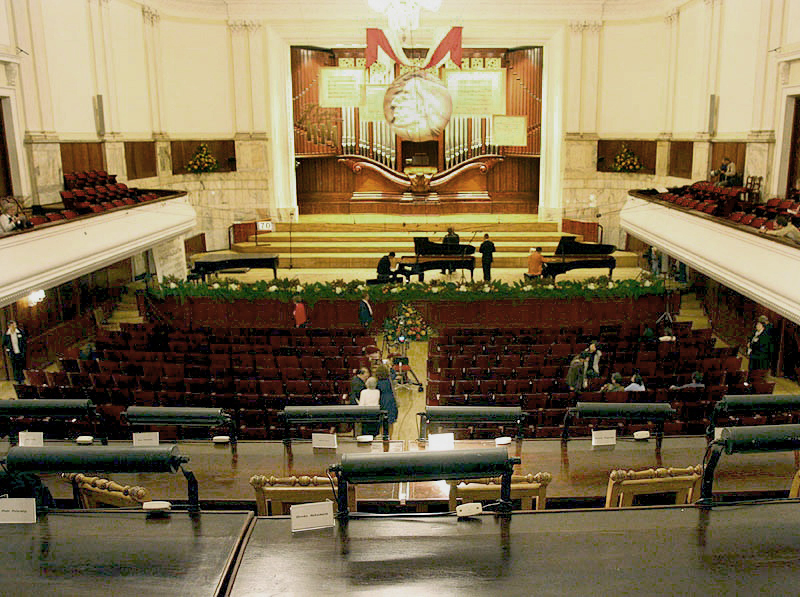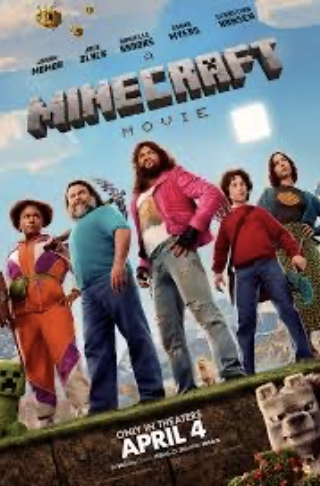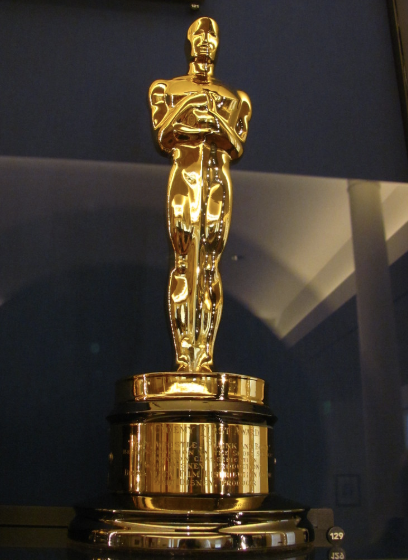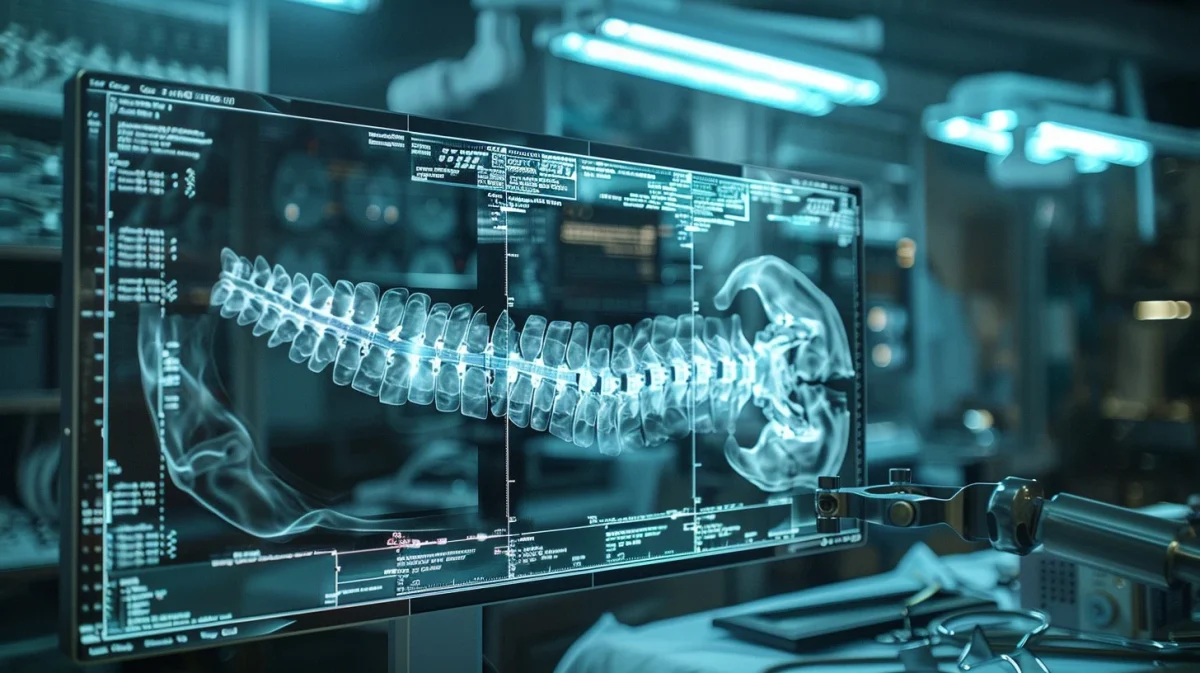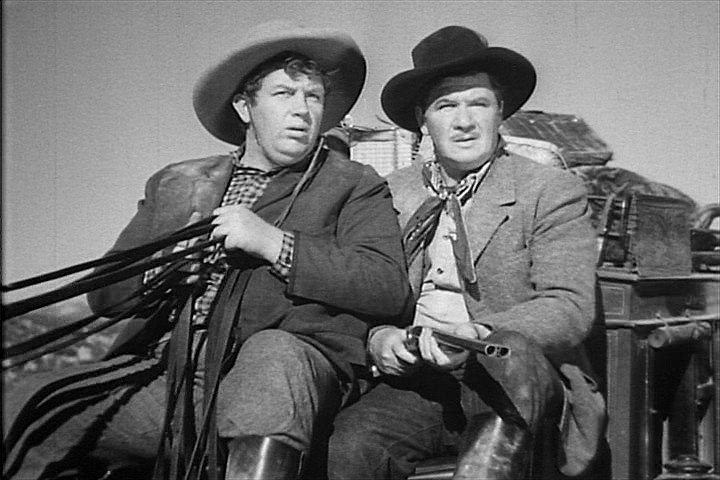Stagecoach: A Film Classic
Why “Classic Film” Stands the Test of Time
September 28, 2022
Stagecoach, directed by John Ford, released in 1939 to riotous success has gone down in history as the Western that pushed the genre into the big leagues, and initiated the career of John Wayne, famous “cowboy” and record holder for most leading man roles. Watching this movie almost a century later, I can say that this is a movie highly reminiscent of the culture of its time, and the stylings of the film industry as it first rose to prominence in popular culture.
Before I review its quality, I have to say that this movie, as with all classic movies, has to be viewed through the lens of a film historian pointing out the good and the bad with the knowledge that this is an old movie and should not be held to the standards of modern film.
Now to the movie. Stagecoach has its major positives, and it is clear to see what made it a classic in the first place. The most impressive elements integrated into the film are the lighting, the characterization, the stunts, and the camerawork. While the lighting remains mostly standard for black and white films, there are moments when fun artistic flourishes are clear. My favorite lighting moment in the film is when John Wayne (as Ringo Kidd) and Claire Trevor (as Dallas) walk outside to have what will be the moment when they first admit their true feelings for one another. As they walk out, the doorway is lit head on, with the light pointing at the camera in such a way that light shines across the floor to make something of a pathway leading to the door, now a portal of light. This is an interesting technique, because it shadows everything in the hallway, and makes it seem as if they are unimportant until the exit to the outside through the door. This also makes it seem as if as Ringo and Dallas go outside, they are entering into a private world of their own, separate from the house. This is accentuated when the sherrif eventually interrupts their romantic croonings, and he is silhouetted, his face in shadows to show that he does not belong in this little world of Ringo and Dallas’s. There are many other tricks with lighting that make fun little unspoken statements to the watcher, making use of the black and white format so that the movie is fun to watch.
The characters also make this movie enjoyable, as unlike many other Westerns, they are allowed to grow and develop beyond just the stereotypes that their occupations provide them. The doctor isn’t just a drunkard, but someone who is caring, and very wise when sober. The outlaw isn’t just a tough gentleman, but a caring man dealing with a tragic background and a goal of revenge. These complex characters create a more intimate connection between the watcher and the plot, and when they are eventually faced with peril at the hands of the Apaches, you feel the character development has been worthwhile, as concern for the characters ties the watcher to their screen.
The stunts speak for themselves, as they are still very impressive. I am always impressed by major practical effects, as modern cinema has become plagued by CGI; these are very raw, daring stunts that still amaze the viewer and elevate the plausibility of action scenes plagued by continuity errors. The stunts make the action far more fun and engaging.
Last but not least, the camerawork remains massively impressive for the time (1939), especially during action scenes. Filming rapidly moving objects is easy now, as advanced cameras and smooth riding cars create a crisp shot at high speed. It was much harder then, and the fact that they still successfully pull it off is a testament to the creativity of John Ford and film directors of yore. Some shots also hold symbolic value, such as zooming shot when the Kidd is first introduced, offering insight into important details without useless dialogue. The use of the x and y axis as characters walk back and forth within buildings and during shots of the stagecoach allow the viewer to get a good sense of the dimensions of the setting.
While this movie has many positives, it still has its negatives. Looking past some continuity errors between shots, as could be expected in old movies, the biggest problem with this movie is its rigidly formulaic development between the two main characters and the predictability of its endgame. If you can guess exactly when and how Dallas and the Kidd get together, that they will definitely be married at the end, and that the Kidd will certainly kill the Plumber. Eventually, every hook to keep you interested in the plot loses its grip. While the fun characters add quite a bit of enjoyment to the film, the predictability of the plot leaves the viewer with a finite amount of interest for the tension between the Plumber and the Kidd, as the viewer is given many signals that the Kidd will win, just as his many duplicates have in many other movies.
In the end, Stagecoach remains an amazing movie, and can still be appreciated by the film students looking to go back and appreciate a token of immense cultural value. Stagecoach is more than worth the watch.













